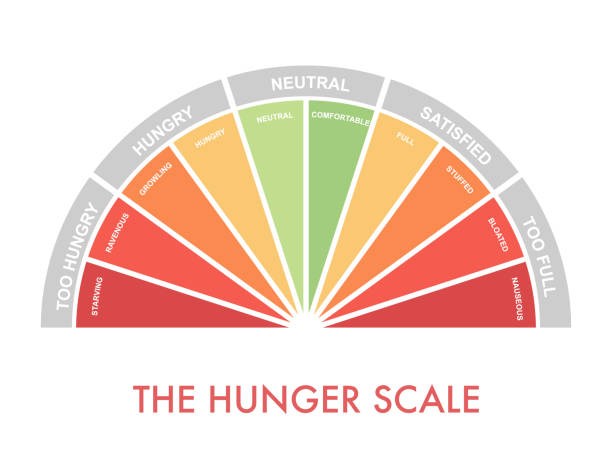Navigate Emotional Eating and ENJOY Food
March 22, 2021
by Erin Gonzalez, MS, RD, LD

Emotional eating has gotten a bad rap. Actually, emotional eating is normal. It makes sense to reach for food for comfort. Our body shifts into a rest and digest response. Our breathing becomes deeper, our heart rate decreases, our muscles relax and we calm down.
At least for a little while
Emotional eating becomes negative when it no longer feels good or tastes good – yet we keep eating. We disconnect from the eating experience. Reconnect by asking yourself if it tastes good and feels good. As soon as we notice we are satisfied, it’s time to go do something else. When we ignore satisfaction and eat past our fullness cues, the experience becomes negative.
Try practicing these 3 principles for Attuned Eating.
1, Awareness: Life can be very chaotic and this can influence how we fuel our body. Get curious and explore without judgement what drives your eating decisions.
Hunger symptoms are an emptiness, gnawing sensation, headache, fatigue, irritability and inability to focus or concentrate. Hunger grows gradually over time and is satisfied by many foods. Emotional eating is from the neck up and usually connected to one food.
Action: Pause before you eat. What is influencing this decision? Is it a habit to eat at this time? Are you eating because others are? Are you stressed? Are you physically hungry? If not, what are you feeling?
Instead of tracking calories, track hunger, fullness, mood, feelings, stress and activity. Try the Nourishly App for a more intuitive approach to behavior change.
2, Attunement: The hunger-fullness scale serves as a guide to help you connect with internal cues from your body on when to eat. Learning to listen to these natural cues can help prevent extremes in your hunger and fullness, stabilize your energy, and help you feel your best.
We are born with the wisdom to know our hunger and fullness cues. Look at hunger and fullness on a scale from 1 to 10 with 1 being famished and 10 being painfully full. The goal is to eat when you notice a gnawing in your stomach and stop when you are satisfied.
Action: Check in on hunger and fullness before, during and after eating. Explore what sounds good, what your body needs and what you have available. Do you need some carbs? A chunk of protein? Something light like fruit or veggies? Our body naturally seeks balance.
3. Connection: Meal Planning helps to be intentional about our eating, while mindfulness creates connection with the process of eating.
When we disconnect with hunger and fullness cues and the eating experience, we lose the enjoyment factor. Food is meant to be enjoyed. Not every meal will be fireworks, but the more often we seek out texture, taste and aroma in our meals, the more satisfied we will be. Then we will be less likely to seek more food.
Action: Step away from phones, TV, computers, work. Focus on the food. Mindful eating is a pleasurable experience using all 5 senses.
Above all, be kind to yourself. If our thoughts are full of judgement, shame and blame this will worsen our relationship with food and our bodies. Eating is a learning experience. Seek progress, not perfection.